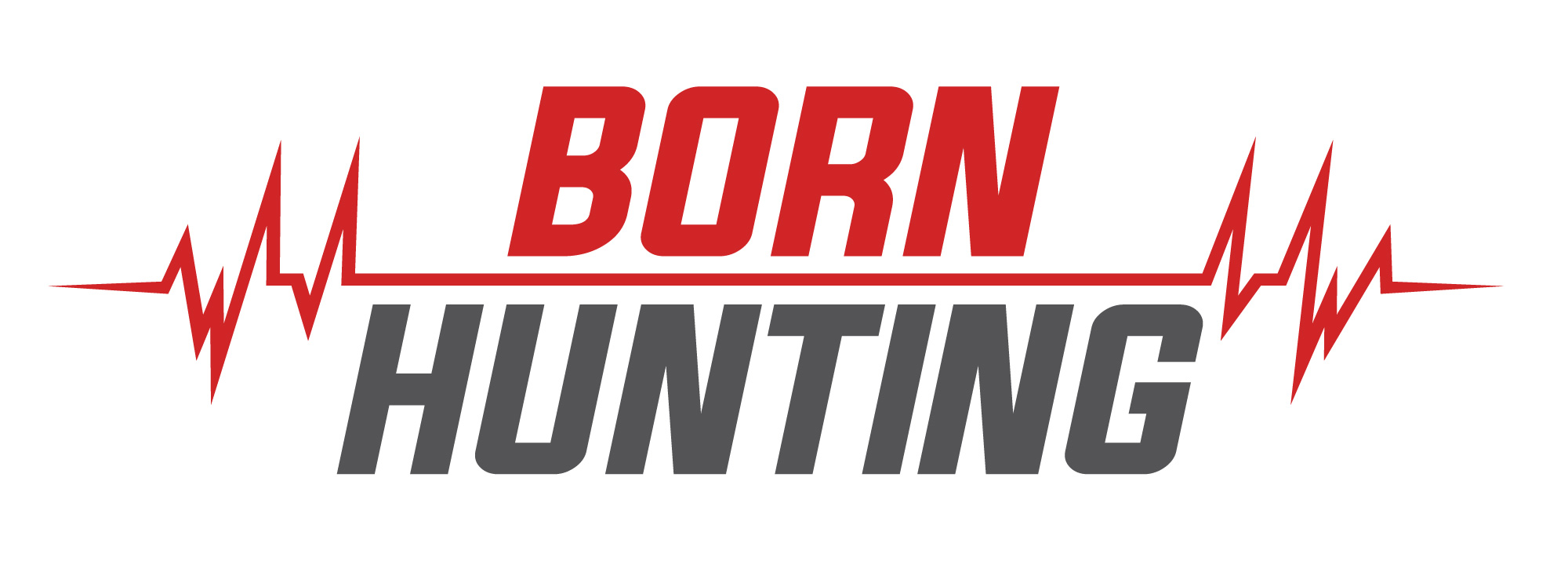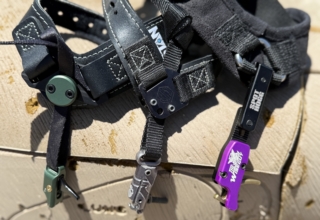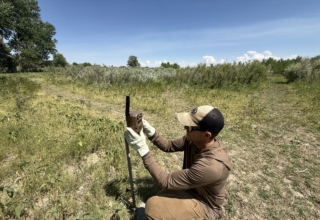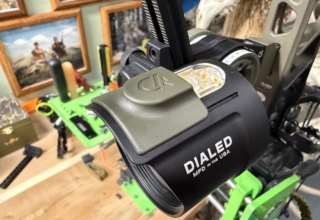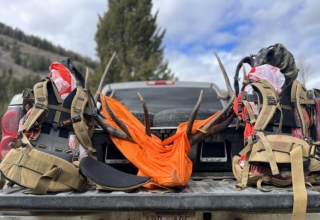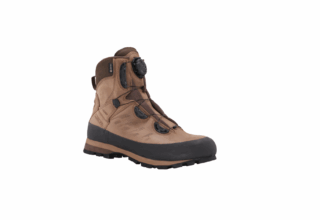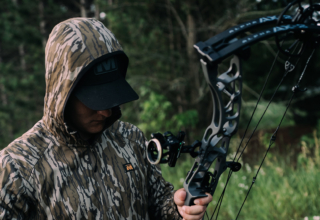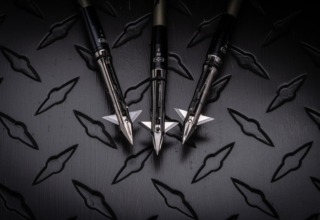The Prime Form combines innovation and performance, offering a smooth draw, solid accuracy, and a unique hybrid design that sets it apart.
by Zach Bowhay
Line up most new bows these days and you’ll see the same old thing: long risers, big cams, some new buzzword tech, and a price tag that’ll make you flinch. A tweak here, a new finish there, but it’s mostly the same stuff repackaged.
One look at the Prime Form, and you can immediately tell it’s different. The design isn’t just about what’s trending right now—it’s the result of years of engineering, innovation, and a real focus on performance.
This isn’t another “me too” bow chasing the latest trend. It’s the result of years of work from Prime, and now it’s finally here. It’s not made to rack up Instagram likes — it’s made to perform. If you care more about how a bow shoots than how it looks on social media, the Form deserves your attention.
What Changed
One look at the Form and it’s clear Prime wasn’t trying to build just another cookie-cutter bow. Instead of sticking with an all-carbon or all-aluminum riser like we’re used to seeing, they chose a hybrid design that mixes the best of both worlds. You’ve got machined aluminum around the grip where strength matters most, and between those sections, two carbon rods tie it all together. Prime calls it Advanced Structures Technology, or AST.
The idea behind it is simple but clever. Carbon isn’t just lighter, it’s stiffer. By reinforcing key points with carbon, Prime boosted riser stiffness by 47.5 percent compared to an all-aluminum design. Less flex during the shot means more consistency, and more consistency means better accuracy. Dropping some weight is just a bonus.
What Stayed The Same
Prime didn’t toss out everything with the Form. They stuck with some of the tried-and-true features they’re known for.
They kept the “Swerve” in the riser, where the curve matches on the top and bottom. It’s subtle, but it matters when you’re looking for consistency. The riser is designed to reduce flex, just like the carbon rods.
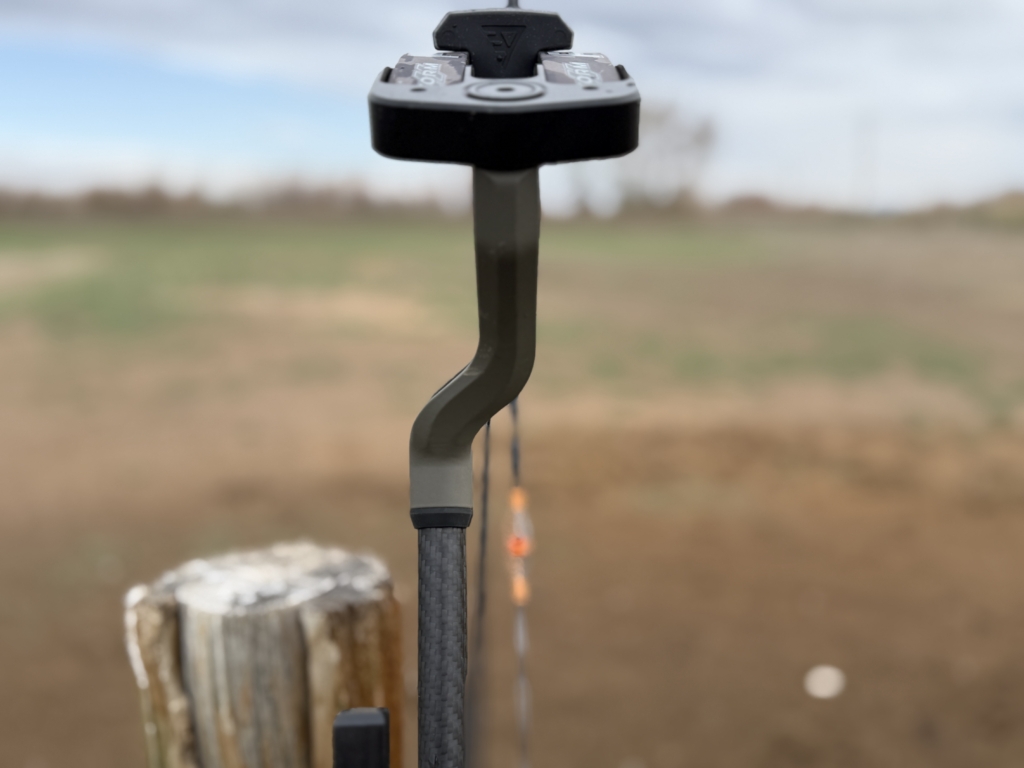
They also stuck with their Center Grip design, moving the grip dead-center in the bow, which differs from most bow makers. That feature adds a ton of stability, and it’s a big part of why Prime bows hold so steady.
The Nano Grip only makes it better. The grip was built with a NASA-developed Aerogel that insulates your hand from the riser without adding bulk. Whether you’re hunting late-season or just like a comfortable grip, it’s a small thing that makes a big difference.
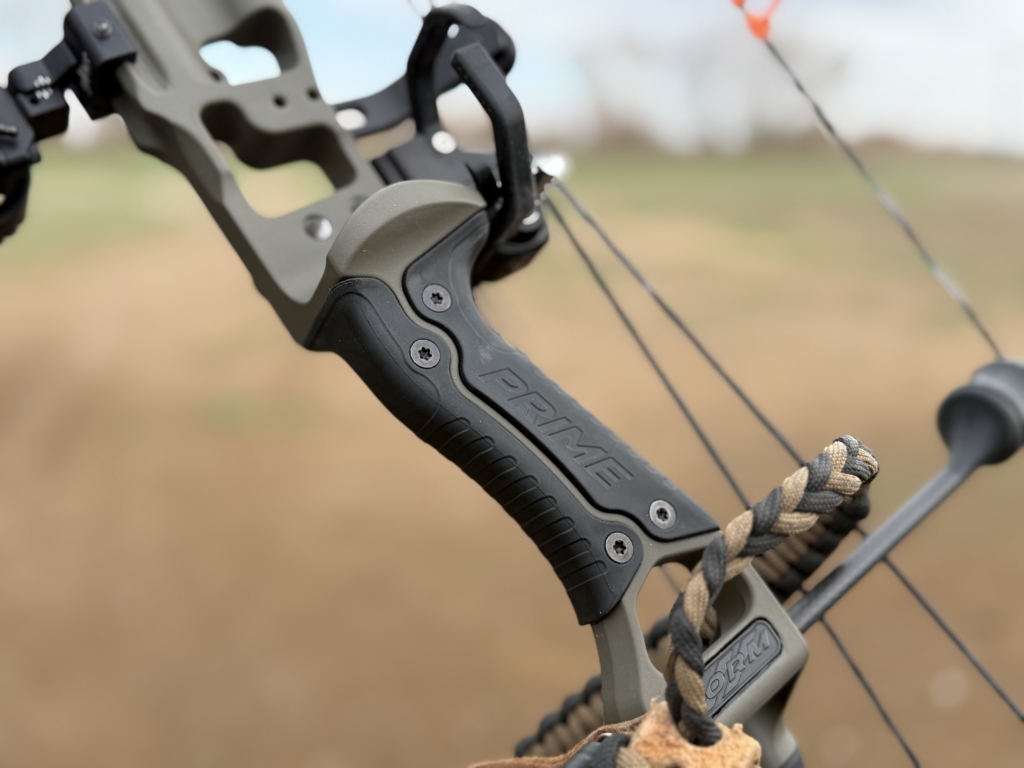
One of the best perks of buying a Prime bow? Lifetime string replacement for the original owner. Every two years, you get free strings at no cost. However, you must install them or pay your local pro shop. Either way, the strings are free, so it’s a great way to save over the long haul.
Core Cam System
The Form runs Prime’s CORE Cam System. It uses draw-specific mods to adjust from 26.5 to 30.5 inches. Some folks don’t love swapping mods to change draw lengths, but there’s no arguing how efficient these systems are once they’re set up. You get better performance across the board: smoother draw, better valley, and more consistent speeds at every draw length.
The CORE Cam also uses Prime’s cam-balancing tech, lining up the string and cables to keep each cam balanced throughout the draw cycle. This results in a smoother shot and less wear and tear on the bow over time.

When it’s time to tune, the Quick Tune spacers make it easy to shift the cams left or right without pulling axles. This is a massive plus for serious shooters who want perfect paper tears or bare shaft results without spending hours in a press.
You can adjust the let-off to 75 or 85 percent, depending on whether you want a little more holding weight or an easier hold at full draw.
Set Up & Tune
I’m almost always at a 29-inch draw, and the Form fits me perfectly with the 29-inch mods. I went with a 70-pound draw; with the limb bolts maxed out, mine was just over 72 pounds.
I set the bow up with a Hamskea Everest rest. While Prime doesn’t offer an Integrate mount for this model, it bolted on perfectly flush, giving it a clean look and a secure fit that keeps unwanted movement in check. The Prime riser features a mount for integrated rests if you prefer.

You can mount sights the traditional way with side mounts or Prime’s unique Picatinny mount. I went with the pic mount, and while it’s clean and works well, I wouldn’t mind a couple of mounting height options.
I’ve reviewed a Prime bow for the last three seasons, and honestly, it’s been almost too easy. It’s so easy; I haven’t had to mess with spacers. Just set the bow to center shot, and a bullet hole through paper has been the result every time. I am unsure if this is the case with all Prime bows, but I am three for three so far, and that’s a huge bonus when setting up a rig.
Speed
As mentioned, my bow has 29-inch mods, and the draw weight is just north of 72 pounds. I shot four weight arrows and averaged the speeds over three shots using my Garmin Xero C1 Pro chronograph. First up was my standard elk hunting arrow at 485 grains, which averaged 269.9 fps with 78.4 ft-lb of kinetic energy. Next was a 457-grain arrow at 284.2 fps with 81.9 ft-lb of KE.
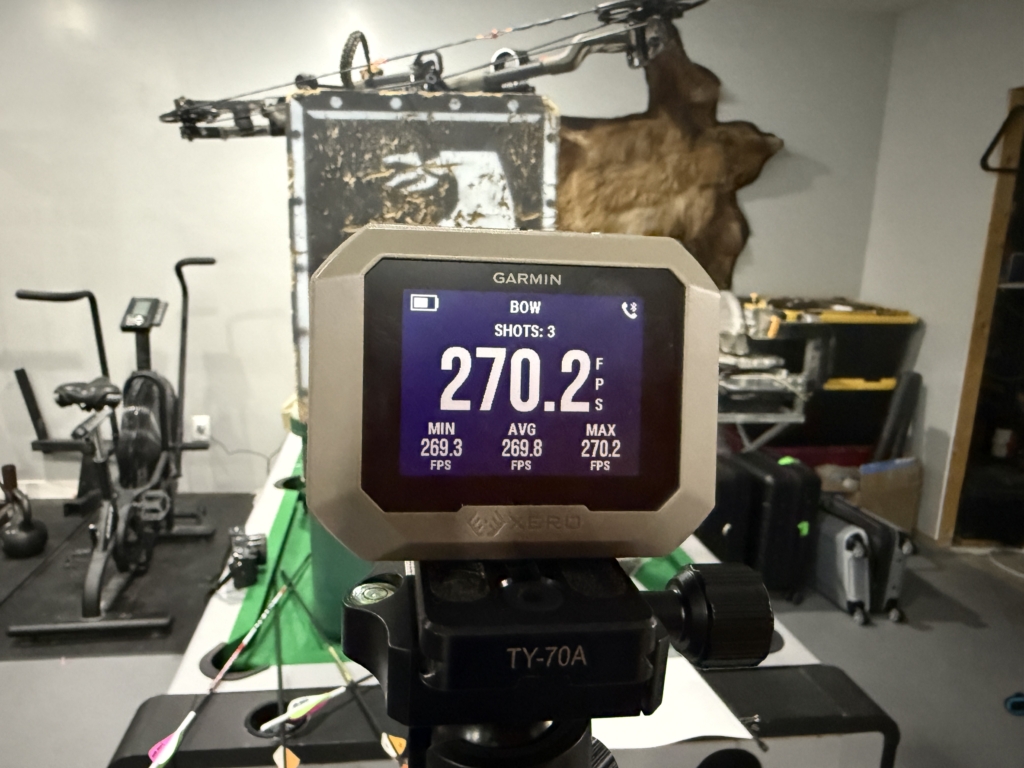
Then I shot a 421-grain arrow at 294.1 fps with 80.8 ft-lb of KE. I threw in a heavy 545-grain arrow for kicks, which hit 263.2 fps with 83.8 ft-lb of KE. While this isn’t exactly a speed demon, I was happy with the speeds across these different weights; I might use it for different species.
Where The Rubber Meets The Road
With such a quick tune, I was eager to get outside and test this bow at some distance. First off, you need to know the draw on this bow is smooth. And I mean really smooth. It pulls way easier than many other bows I’ve shot at the same poundage. It doesn’t stack and feels smooth when settling into the back wall. The back wall is set by cable draw stops, giving you a nice solid wall, but not so hard that there isn’t a little movement, which I prefer.
Vibration can be tough to gauge from bow to bow, but it’s not the most dead-in-hand bow I’ve ever fired, but the recoil is minimal. Bows these days are all so amazing that it’s easy to nitpick. Yes, I felt a little movement on the shot, but it’s so minimal that it’s a non-issue.

Sound is a similar story. It’s not the quietest bow I’ve ever shot, but it’s far from the loudest. It’s pretty quiet, though I hear a small, audible thud when I fire it. Since I’ll mainly use this bow for whitetail hunting, I suggest some string silencers to quiet it down.
As with most Prime bows I’ve shot, the Form holds extremely well. It’s easy to find the center of the target and stay there. Right off the bat, my shots grouped nicely, and with a few sight tweaks, I hit the center every time as long as I did my part. I shot groups from 20 to 60 yards, and at each distance, I was surprised at how steady the Form was on target.
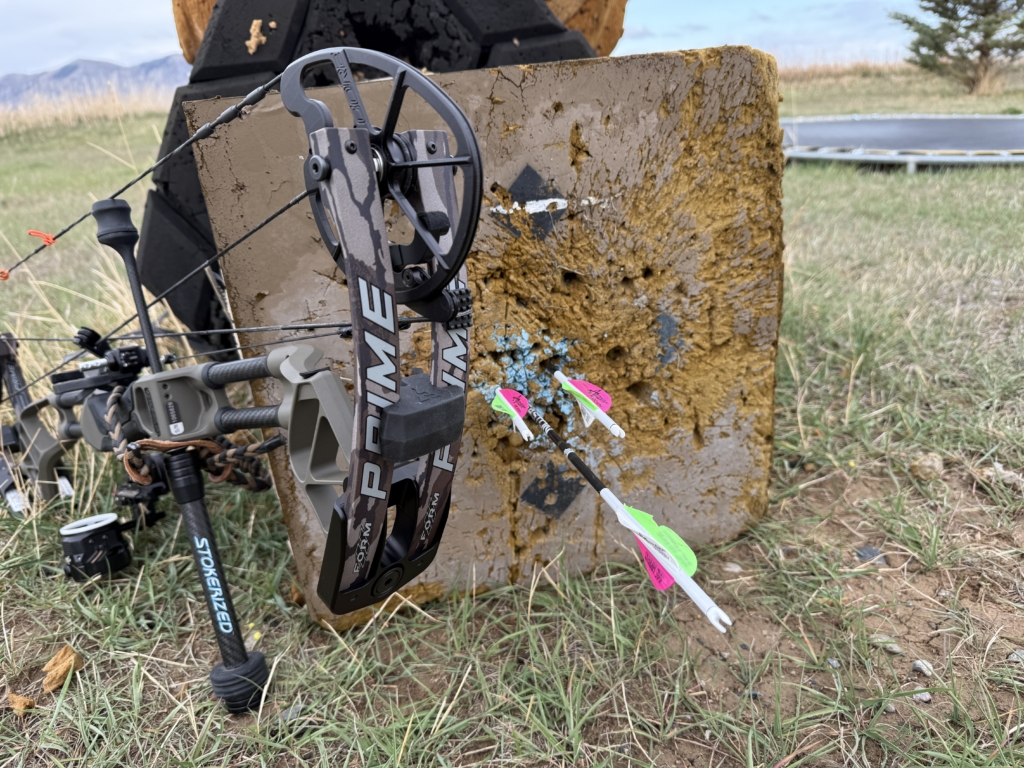
After years of shooting bows, playing softball, and just doing dumb man stuff, my shoulder doesn’t always feel the best after long shooting sessions. But with the Form, I noticed less fatigue. I’m guessing that’s due to the smooth draw cycle—it’s easy on the muscles.
Final Thoughts On The Prime Form
Time will tell if the carbon/aluminum hybrid design becomes the next big thing or just a passing trend. But Prime has achieved what they set out to do: a lighter and stiffer bow. As for the bow’s look, I like it, but I can see how some people might feel differently.
Prime stuck with many of the features shooters have come to know and love, and added them to the hybrid design. The result? A bow that draws, holds, and shoots well. Sure, I’d like to see some things, like vertical adjustment options on the pic mount or some integrated string silencers. But really, that’s just me being picky, hoping bow companies keep pushing for perfection.
If you’re in the market for a new hunting or 3D bow, the Prime Form should be on your list for a test run.
